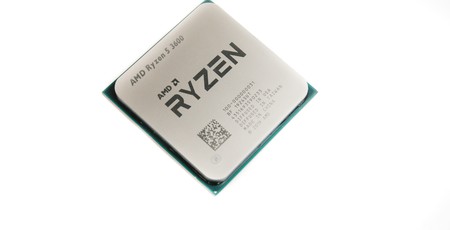
Overclocking
Time to answer the all-important question of how far we could overclock the Ryzen 5 3600 compared to the Ryzen 5 3600X. While our findings are as usual clearly not a blanket statement on how other samples will fare, our two samples nevertheless reached the same 4.25GHz using a vcore of 1.425V. We should add that this was simply a maximum vcore to ascertain a maximum overclock using some fairly potent liquid cooling - they'll likely be stable with less voltage than this, but we like to give each CPU maximum potential here. In any event, it's pretty clear that you should overclock the Ryzen 5 3600 manually, or at least consider that as a very viable option. PBO will definitely not see a 250MHz+ boost to the all-core boost, and we're gaining 50MHz on the peak boost too - wins all round, then, and a limit that seemingly won't be lifted by moving up to the Ryzen 5 3600X.
Performance Analysis
Intel certainly has an edge when it comes to optimisation in a few tests, with Premiere Pro seeing the Core i5-9600K (6c/6t, 95W) perform similarly to AMD's CPU (6c/12t, 65W) and the Core i5-9400F (6c/6t, 65W) roughly where you'd expect it to be given the price difference, but overall AMD still offers better bang for your buck and was a decent amount quicker than the last-gen Ryzen 5 2600, showing a good generational improvement. Overclocking also shows this to be the case, with the Ryzen 5 3600 OC nicely beating the Ryzen 5 2600X (both stock and OC).
In more neutral benchmark territory like HandBrake, the Ryzen 5 3600 left the non Hyper-Threaded CPUs in its dust, with the Core i5-9400F taking nearly 50 percent more time to complete the task while even the overclocked Core i5-9600K remained a long way behind. However, it's also worth looking at the overclocked result of the Ryzen 7 2700X; the Ryzen 7 2700 typically overclocks to similar levels, meaning it will probably offer slightly better performance here for a little less cash - assuming you're okay with overclocking.
That theory holds true in PCMark 10 image editing, where again the Ryzen 5 3600 was a far better bet than any of the six-core Intel CPUs but was beaten by AMD's own eight-core offerings, including even the first-gen Ryzen 7 1800X, which was quicker both here and in Cinebench too, making a mockery of any of Intel's similarly-priced CPUs. That's essentially a small chink in the armour of both the six-core 3rd Gen Ryzen CPUs: For multi-threaded tasks only, the older Ryzen 7 models are often quicker.
Single-threaded performance in Cinebench showcases that boost you'll get from overclocking the CPU, with a fixed 50MHz uplift offering decent gains and mostly matching the Ryzen 5 3600X while completely outclassing the Core i5-9500 and Core i5-9400F, neither of which can even be overclocked.
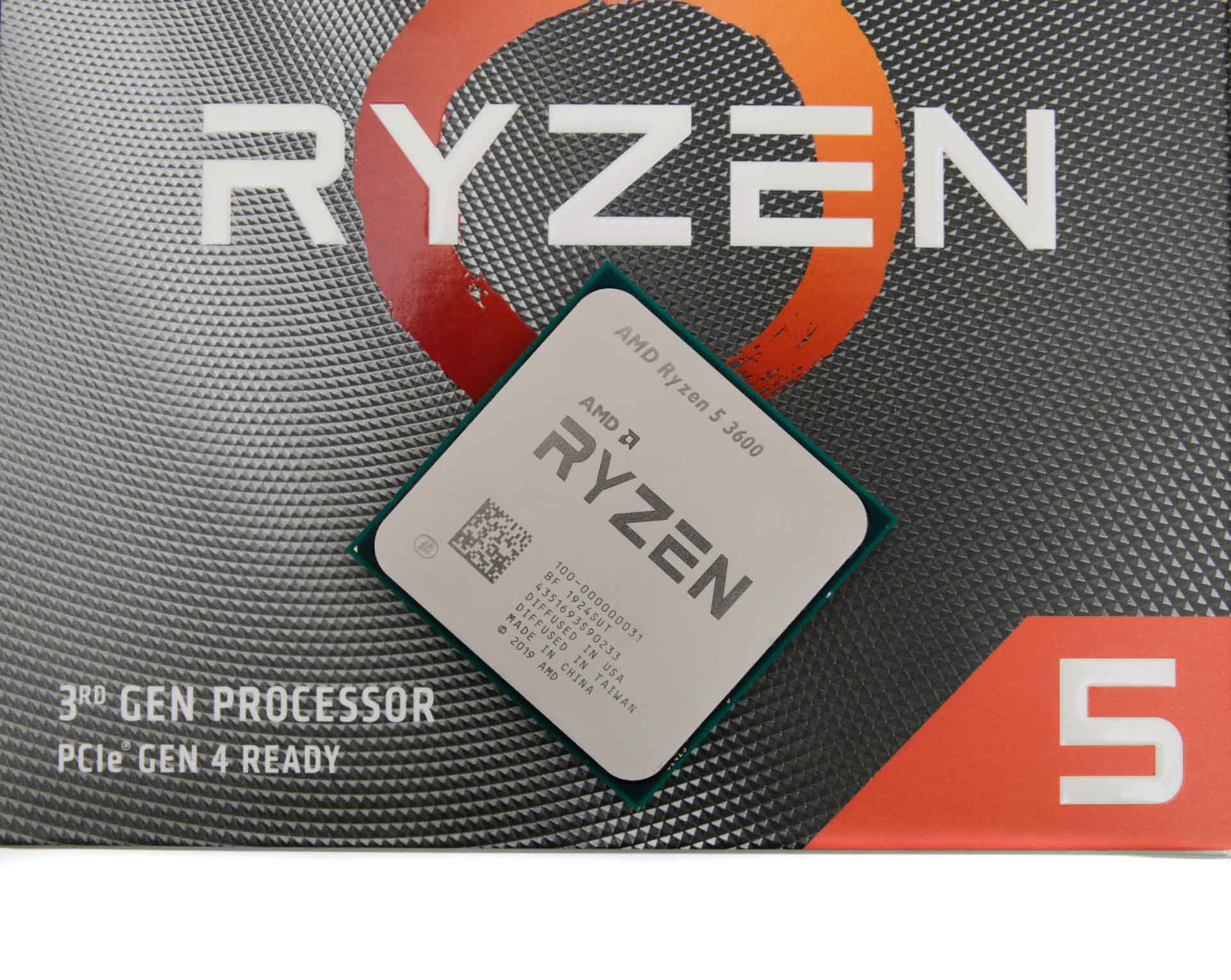
The trouble with the "older Ryzen 7 CPUs are faster" theory is that the Ryzen 5 3600 offers significantly better performance in games, especially once overclocked. It added 4fps to the 99th percentile in Dota 2 compared to the Ryzen 7 2700X and a massive 14fps compared to the Ryzen 5 2600 and Ryzen 7 1800X, although even the Intel Core i5-9400F managed to better it here by a few frames per second. The same was true in Far Cry 5 - the older eight-core Ryzen 7s were noticeably slower than the Ryzen 5 3600, with the Ryzen 5 2600 sitting at the bottom of the stack. The 99th percentile was mostly on par with the Intel six-core CPUs - just 2fps separated eight results in the middle of the graph stretching from the Ryzen 5 3600 up to the Core i5-9600K. The Intel six-core CPUs did offer better average frame rates, such as the Core i5-9400F at 121fps compared to 110fps for the AMD CPU. If you're currently rocking a Ryzen 5 2600, though, it's fairly clear that the Ryzen 5 3600 represents a hefty upgrade so far.
Civ VI sees a complete mess of CPUs in the graphs with the turn time falling from a maximum of 7.1 seconds to 6.35 seconds, and the Ryzen 5 3600 sits at 6.84s at stock speed and 6.81s once overclocked. Time Spy does seem to like cores rather than IPC or frequency, so with plenty of CPUs in the graph with eight or more cores, it's not surprising to see the Ryzen 5 3600 slip into the lower half of the graph.
Load power draw was, as expected, a little lower than the Ryzen 5 3600X, and only the Core i5-9400F managed to achieve something lower. The Ryzen 5 2600, meanwhile, added 12W at stock speed and over 50W once overclocked and was significantly slower in every test. Once again the efficiency gains made by the combination of higher IPC and a shift to 7nm are stark.
Conclusion
The fact that there are so many CPUs to consider means that this is a great time for the consumer. You don't need to pick something that offers too much performance in one area and not enough in another. Chances are that if you plan your wallet's attack, you'll end up with something that's perfect for you. For multi-threaded performance, an older eight-core Ryzen CPU still makes a lot of sense. Prices have fallen and continue to do so, and in most cases, the additional cores and threads offer better multi-threaded performance, although the Ryzen 7 1800X isn't always a safe bet - Zen 2 really has boosted performance across the board. Intel just isn't worth considering here right now - you pay more and get less, and you have to pay a huge amount extra for a noticeably quicker chip.
Switching focus to a multi-purpose system, and those eight-core Ryzen CPUs quickly lose their appeal with the IPC gains and other tweaks offering much better performance in games; in several cases, even an overclocked Ryzen 7 2700X was slower, which is pretty staggering considering it has more cores and a higher TDP. Meanwhile, Intel certainly has an advantage in some games, but it's often small, especially with similarly-priced CPUs, and it runs into trouble in multi-threaded tasks. Its six-thread CPUs were slower in every multi-threaded test and sometimes by huge margins, meaning that the Ryzen 5 3600 is king of the hill. If you're up for some overclocking and have less than £200 to spend, it's undoubtedly a better buy than the Ryzen 5 3600X as well.
We should add here that we used a Z390 board with 3,466MHz memory for Intel CPUs, and that's maybe not indicative of a typical Core i5-9400F system seeing as you'd be limited to 2,666MHz memory on anything other than a Z390 board. However, Z390 boards can be had for less than £100 now, and coupled with cheap memory prices and Intel's far less meaningful scaling with memory speeds, we feel our numbers are valid. For a pure gaming system, Intel is still a force to be reckoned with, although the differences now not really worth worrying about unless you're trying to squeeze every last fps out and have a high refresh rate monitor to match. If you just want to game and don't want to overclock, the likes of the Core i5-9400F are compelling thanks to its recent price cuts, especially where average frame rates are concerned. Step out of gaming and into content creation, however, and you'll be wishing you got the Ryzen 5.


MSI MPG Velox 100R Chassis Review
October 14 2021 | 15:04

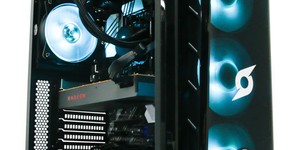
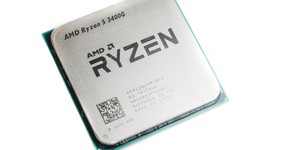
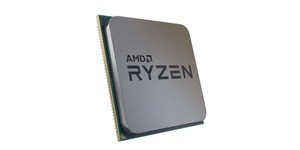




Want to comment? Please log in.